We have finished the Mirage build. 2022 Mitsubishi Mirage ES 5MT "Falcon Autosport Edition"So, what do you do when you're a car enthusiast who wants to prove a point about even cheap cars being track capable? What do you do when you want to make it clear that even a non-performance car can be gently modified and gently tweaked into something that you can use on track? Well, you go out and you prove your point. There's no point in telling people that it's possible to pick up a car for $15,000 Canadian or less, and make it track-ready with barely any money. People will always doubt, when you say that you have a Mitsubishi Mirage that handles well, that can go out and drive round the track without issue. But, when you go out and do that, suddenly the people will no longer say these things. So, let's talk about what we did, what we spent, and what we think. The Final SpecsWe've bolted up the last changes we're making to the 2022 Mitsubishi Mirage. Well, in terms of suspension, wheels, tires, etc. Minor cosmetic changes may still come. Even since all of these photos were taken, we've changed the turn signal bulbs for LED bulbs, to make them brighter and cooler. That aside, though, nothing else is changing. So, let's discuss what we did. -Godspeed MonoSS coilovers ($800) -Ultra Racing 19mm Solid Rear Sway Bar (also called Anti-Roll Bar) ($350) -17x7 Unknown Polish Brand Facebook marketplace wheels ($100) -185/35R17 Nankang NS-II tires ($600) -semi-track, semi-daily alignment (prices vary) - camber is about -1.2 degrees through dynamic camber gains by lowering. A little toe-in on the rear axle, also natural for the ride height it's at. -Amazon 200g weighted shift knob ($50) Total modifications budget: $1900 + alignment cost, meaning approximately $2000 Exceeding ExpectationsMind-Blowing CorneringOnce I had it how I liked it, I brought it to the track. Grand Bend Motorplex, to be specific. It wasn't intended to be the car that I would drive for multiple laps, but, instead, it was the car I had a passenger seat in. The Civic race car, we ran into issues with welding the passenger side harness anchors in and we elected not to install the passenger seat. This meant that the only car I had access to, that could accommodate a passenger properly and safely, was the Mirage. I had promised to instruct, so I did about five or six laps. Not enough to cause any noticeable wear or tear on the car, and they were gentle laps. I didn't want to damage my daily driver. But, the catch 22 with it was, I'm an organiser. I don't want to be the one that holds people up in non-passing zones. I made a compromise. I'd push through the corners somewhat quickly, and ease off on the straights, with the turn signal on, allowing everyone to pass in the passing zones. It's good practice for the guests and students to learn passing zone etiquette anyway. What shocked me was when I was pointing by a few cars including an MX-5 and a Honda S2000, and I was finding that my cornering speeds were identical to theirs. In a Mirage! This isn't anything against MX-5s and S2000s, they're certainly quick track cars and were both well-driven. This is, instead, a measuring stick that I never, ever, ever expected my little Mirage to match up to. It's not that they were slow. It's not that they weren't pushing. It's that the Mirage was keeping pace. I was truly having fun. Not just "fun for a Mirage," but, genuinely grinning under my helmet in a way that few cars make me do. I'll be the first to criticize the car for its flaws; the 5 speed gearbox feels like it came from a Vietnam war era Jeep, with long throws and a distinct lack of feel. The clutch is paper light and feels horrible after driving the Civic race car's stage 2 clutch. The engine leaves most people wishing for more go, and less noise. The brake pedal does nothing, until it suddenly passes the activation point and the brakes cause the car to lurch. There is no brake pedal modulation. More on that shortly, actually. But, tossing the Mirage into the suggested gear for the upcoming corners, let's say third gear for 5 or 6 consecutive turns with minimal to no braking required, suddenly the car comes alive. As soon as you're throwing the car into several consecutive turns that don't require a gear change, the car begins to feel natural. No more Vietnam war era Jeep gearbox. No more brake pedal modulation complaints. The front of the car eagerly dives into the corner, hunting for the apex, and the peaky power curve means that you can get on the throttle early and ride out the rise in RPM until the next turn, where it repeats. The back of the car allows the front of the car to be the star, by letting the car gently slide the back out; not enough that it's in danger of spinning, or scrubbing speed off by sliding sideways, but enough that the rear tires are not overruling the front tires and making the car point straight. The more you trail-brake, the more effortlessly the front tucks in and the rear begins to come around. Begins to, but never quite does. With the power, you're always on the throttle early on corner exit, so you're always pulling the front out of the slide before you get yourself in any trouble. It begins to feel impossible to "overdrive" the car. As long as you've entered the corner within 20 km/h of the correct speed for the corner, it will sort itself out and leave you gleefully begging for the next corner to be as fun as the last. It usually is. It takes a lot of speed on corner-entry to get in trouble. The kind of corner-entry speed that my brain tells me not to do; "Drew, this is slow, you will miss the apex. Drew, you will hold up the people behind you. Be considerate! Also, this student in the passenger seat is learning from you. Show her the correct lines, show her the way to do it properly!" I was begging with the car to sip fuel, so I could get a few more laps out despite showing up to the track with a nearly empty fuel tank. Something had to remind me not to go too crazy with my daily driver. My conscious thoughts knew that I'd be begging for more laps and planned accordingly. Keeping the Mirage low on fuel kept my subconscious urges out of trouble. Naturally, after a track day that was as much fun as that, I knew that I had to try my hand at autocross or something in the Mirage. Something with a lot of corners and almost no gear changes. As luck would have it, Falcon Autosport staff member Tommo wanted to try autocross with me the very next weekend... Racing a Mitsubishi Mirage? Yup!I had decided, then, that I would join Tommo at the WOSCA autocross. WOSCA, aka Western Ontario Sports Car Association, holds autocross events very close to Grand Bend Motorplex. It's about a 15 minute drive from the Grand Bend Motorplex, to the airport that the autocross takes place at. Actually, both the airport and the Grand Bend Motorplex started out as RCAF air bases during the second world war. Autocross itself, well, it's basically time attack with pylons. So. Many. Pylons. The course is marked out in a way that keeps speeds low, keeps the challenge high, and specifically steers cars away from any danger; barriers, potholes, drainage covers, etc. This means that lower powered cars have a distinct advantage. The lack of straightaways, the low speeds, the challenge of actually seeing the course layout when every half second there's another pylon gate or another slalom for you to go round, it means that slower cars can gain an advantage against higher power cars. Sounds like Mirage territory, then. Sadly for me, most of the people at WOSCA bring cars with 200 tread wear tires, or better. One gentleman brought slicks on a Corvette. The competition was stacked. Gulp. I don't want to finish last. I've got a reputation to uphold! The general driving style of autocross requires that you be tidy, to avoid hitting pylons, while still getting the car rotated enough to conserve momentum between the pylons. Considering the spacing between pylon gates, the typical average maximum speeds of 80 km/h-120 km/h, and the general course layout, having a car with a touch of oversteer can be really beneficial. So, the Mirage's natural tendency for gentle, lurid, easy-to-catch slides would work really well here with some minor driving adjustments. I needed to lift off of the throttle when I wanted more oversteer and get on the throttle when I wanted it to straighten out. So, I went out and immediately felt a good rhythm. Things were going well- and then the car's brakes jammed on at full force mid-corner. Cones #1, 2, and 3 collected. Was it the drum brakes in the back? Was it traction control system? Nope. Traction control lights show that the traction control system is off. I throw the car into a corner again. Brakes jam on full force. Great. I brought a knife to a gun fight, and the knife is dull. A few runs of this garbage "brake jamming" and I can't get a single clean run. Every time I set the car up for a corner at X speed, the car slams on the brakes in a funny way and I end up fighting to control the car as its smooth cornering arc that dances between pylons becomes a jagged mess that puts me on the wrong line for avoiding a pylon. Lunch break brings some reprieve. I find that my best time is a 108 second run. I'm 36th out of 45. No matter that I'm not driving a high performance car, my competitive nature means that I still want to set a time that's representative. I play around with my brakes during the lunch break; I didn't have time to stop for food nor to pack food. I'll just have a drink and work on sorting out my car. I test a few of my theories, starting with ABS. What does it feel like when ABS jams on because the stability management system tells it to? Identical. The feeling is identical to what's happening mid-slide. The car's STM and ABS systems are throwing a fit that I'm on three-wheels (rear sway bar action lifts the inside rear tire), trying to make the car dance between pylons. I disable the entire ABS and STM systems. After lunch, I give it another try. First run, I'm going to go out and push hard, just to see what I can do. I get to the tightest corner on the course, and, woah, I'm going 20 km/h faster here than previously. No ABS, no STM, nothing is interrupting my run. Driver error creeps in. I brake too late. Maybe I can save it with a cheeky handbrake turn. Almost avoided the pylons, but nope. 1 more pylon. I skimmed it with a gentle rub, and I felt it fall over just outside of the box. This isn't going to be easy. I need to focus. I finish the rest of the course cleanly but I know that this wasn't the run. It's another 108. Fifth run of 6 for the day. Before heading out, I visualize a successful run, including even a handbrake turn in that particularly tight corner. Eyes closed, thinking about how the perfect run looks, feels, sounds. I line up to the timing beam. I start my last run. Drop the clutch. The front tires gently chirp, without spinning. The car hooks up and lunges forward. The perfect launch. I toss it into the first few turns, pointing the front of the car just past the pylons before turning sharply in. The rear swings around each pylon perfectly. This is the run. I feel the confidence build. I carry the speed through like I did in the previous run, but I brake early, and yank the handbrake. The timing and execution is perfect. I silently quip to myself "ha, rally school paid off, that must have looked like the WRC cars at the Col de Turini hairpins." Back up to speed. Most of the time to be gained or lost on this run is still ahead of me. I need to focus on just hitting my marks. Keep it tidy. No pylons. Please no pylons, Drew. I get to the spot where the slaloms let me accelerate. I get to the top of second gear, but I don't want to focus on shifting gears. Let it hit redline rev limiter twice. That's the braking marker, after the car rev-bangs twice. Brake. The car rotates into a big slide, but I'm on the throttle soon enough that I carry enough speed that I've impressed even myself. Still no pylons. Now through the second of the sharp corners in the slalom. Through the wider hairpin. This is the section I was marshalling in the morning. I know this section by memory. Zig, zag, zig, zag, zig, extra tight spot, and full-throttle to finish through the two more pylon gates. Nailed it. Time for that run? 103. I shaved 5 seconds. I was now 30th out of 45. Third in class. In a Mirage. I began to celebrate. I went over to chat with and congratulate the other guys in my class who had beaten me. That was the best run that I was going to be able to do and I knew it. There was no more time in me, or the car. No one would've found a tenth. I left my heart out on that course and it showed. I still had another run. I wasn't even going to try on that 6th run. I knew I had no chance of improving. That 6th run, I still gave it a fair shake but I couldn't focus, I knew I couldn't beat the time I set on the 5th run. Everything, even the handbrake turn, just fell into place for that fifth run. Overall ImpressionsI really can't believe just how well the little Mirage did that day. The amount of control that I have over this car, particularly with the STM and ABS disabled, it's genuinely one of the most rewarding cars I've ever driven. The steering is as neutral and precise as I can get. The steering rack is quick enough that the car is nimble and light on its "feet-" Tires, really. I can feel everything that's happening and it flows through corners well. It always feels like it's capable of going faster. For a $15,000 car with a modification budget of $2000, I am thoroughly impressed. I genuinely encourage anyone who hasn't to give this car a try.
Generally, I feel like it's mission success. If my mission was to have a sporty, quick, environmentally-friendly car with an exceptional warranty, manual transmission, and light curb weight, I have succeeded. There's no part of the Mirage that I feel like I could improve for a realistic amount of money. There's no part of the Mirage that really, really irks me, except the STM/ABS. I wish I could disable the STM without also disabling the speedometer, of course, That's it. In every other way, the Mirage is the perfect car as a daily driver. I can make it do exactly what I need at any given moment. I strongly encourage anyone who is budget-limited but still wants a car that they can be proud of, to set the car up to exactly these specs, with exactly these parts. You can fine tune it to your tastes with your own wheels and your own coilover damper clicks settings. But, these modifications working together, make for a car that is astonishingly rewarding to drive as it teaches what you need to know for track use with a lower cost of ownership than most other track cars I can think of. If that's not the answer, you can get a Civic EP3 and follow our build journal for that one, or a 2006 Civic Si like Tommo. Or maybe a Honda Fit like Ben. The point of this series never was to sell you on specifically the Mirage; but instead, to sell you on an underdog car. Something cheap, lightweight, easy to work on and fix. So, as the sun sets on this blog post series, I want you to know: it isn't about the car. It's about the driver, and the tweaking and fine-tuning that you do. Go buy a car. Drive it. Find out what you need to change. Take your friends to the airport. Make the rear tires scream against the body of the car. Then, tweak the car until its problems are fixed. You'd be surprised how good even the least likely track car can be on track... Because it's not about the car. Oh, and don't hate on the Mitsubishi Mirage. It's surprisingly good, once its ultra-soft suspension is fixed. |
AuthorFalcon Autosport authors are a team of track day organizers and motorsports enthusiasts in general. Drew drives a 2003 Honda Civic EP3 with 17 previous owners and 320,000+ km. Archives
May 2023
Categories |

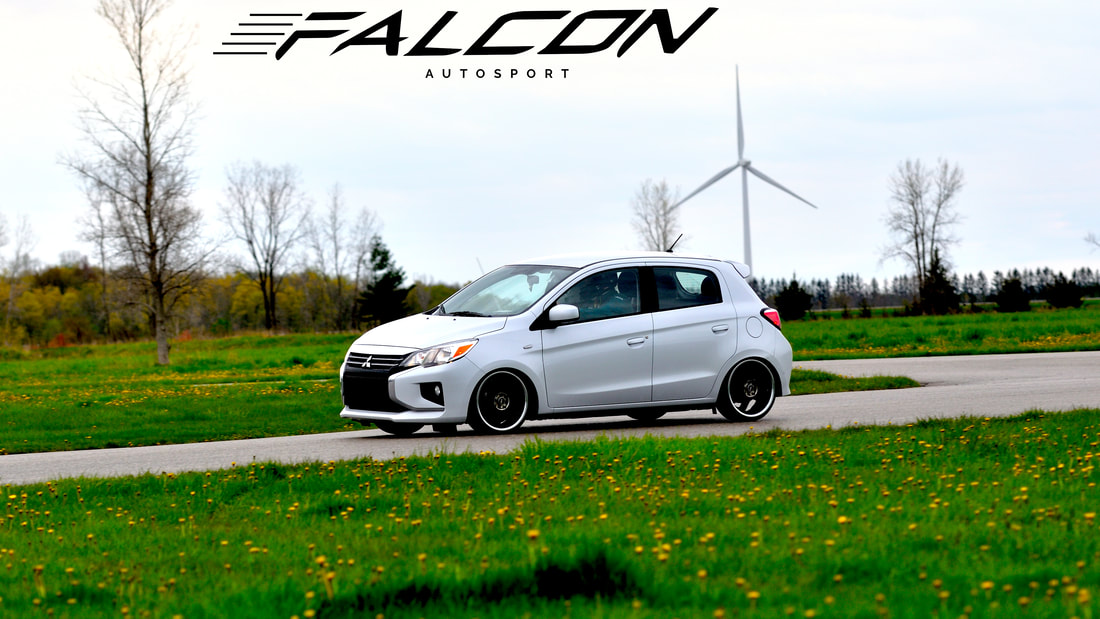
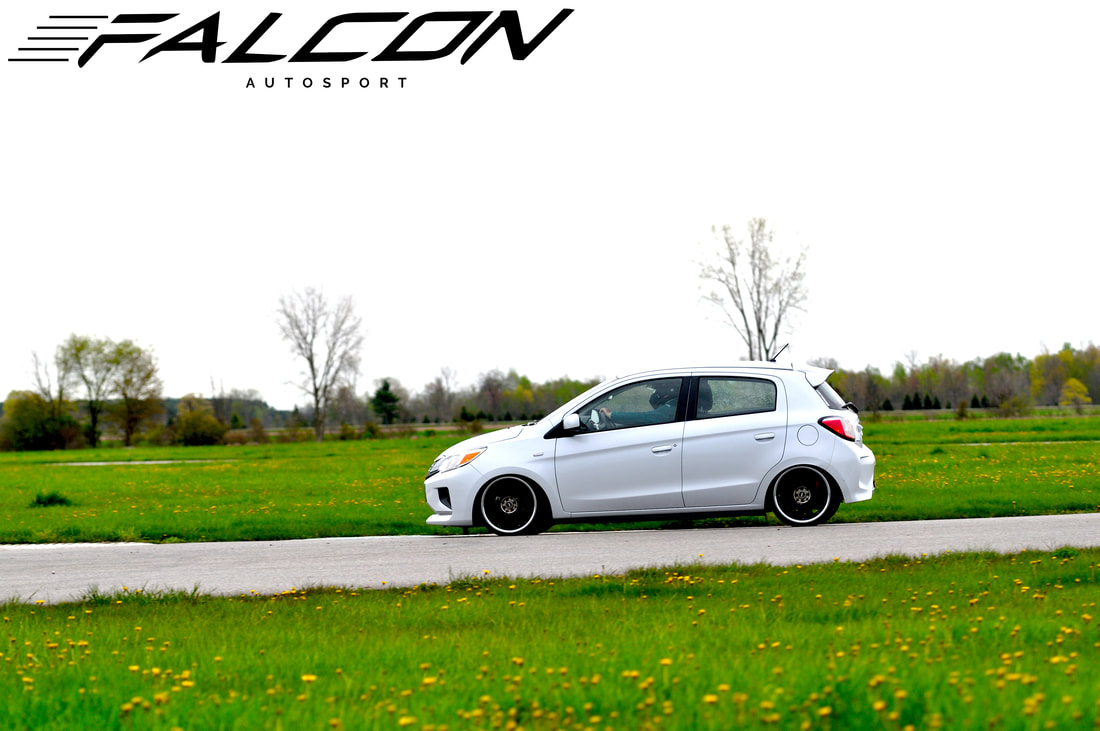
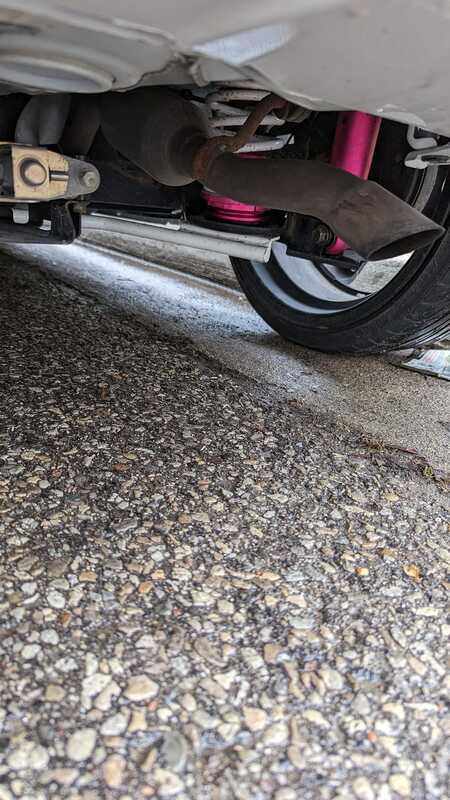
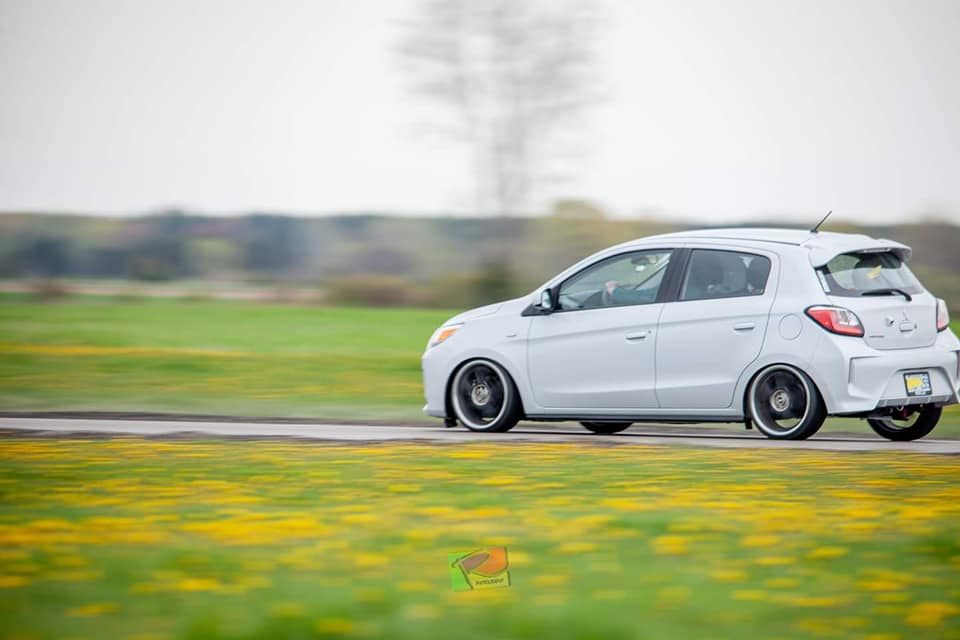
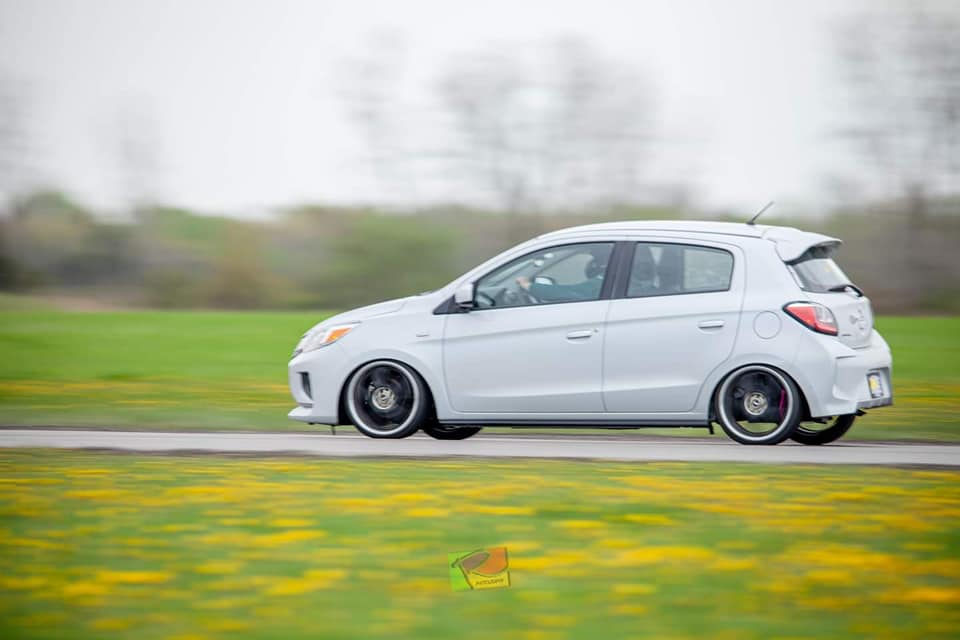
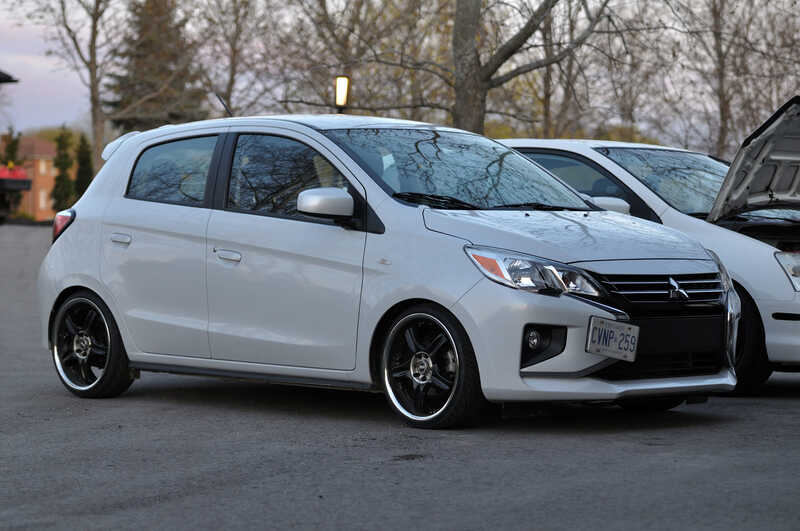
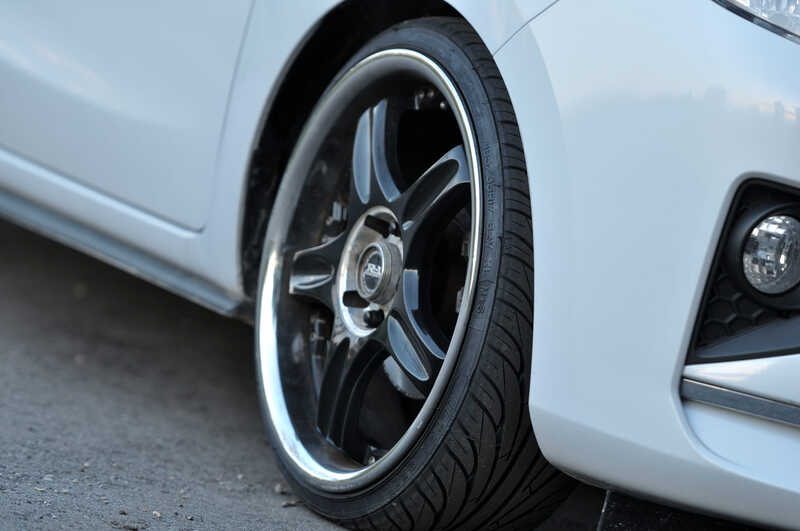
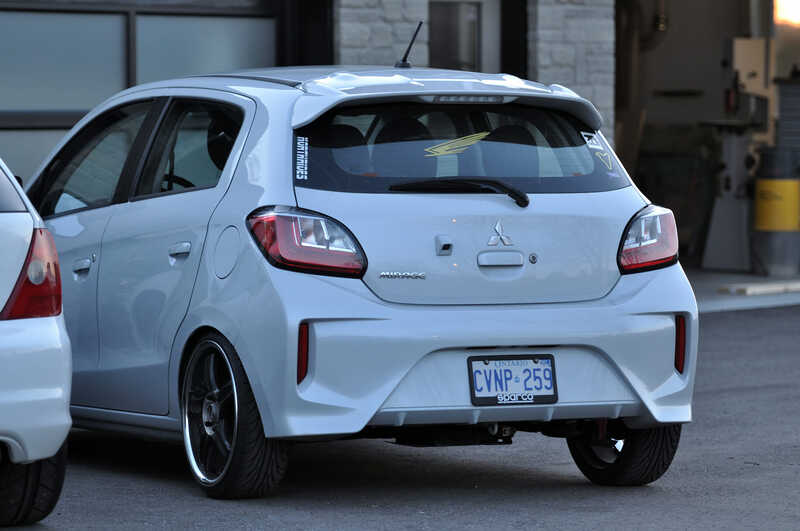
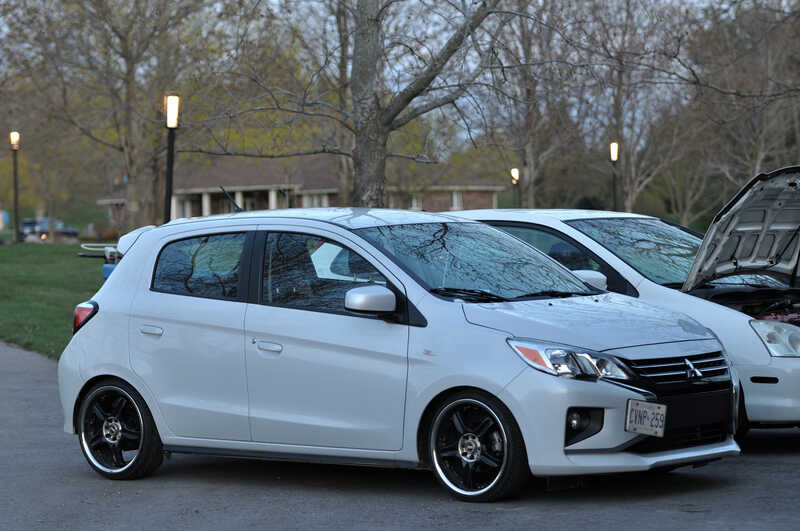
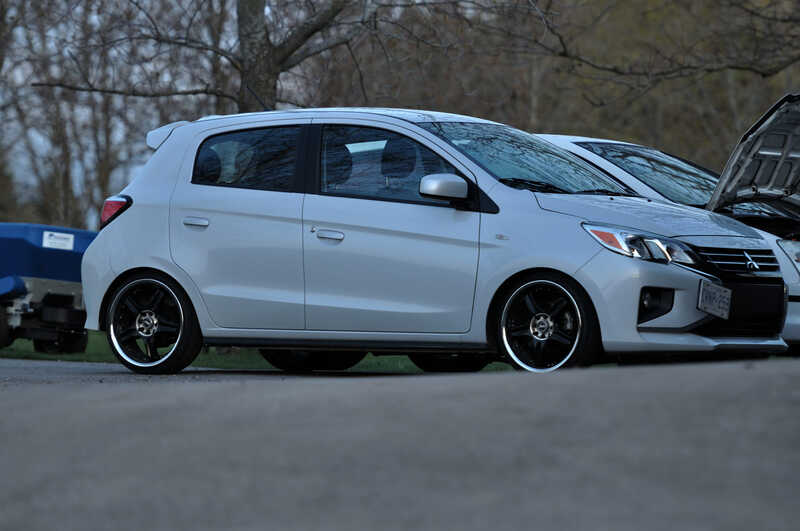
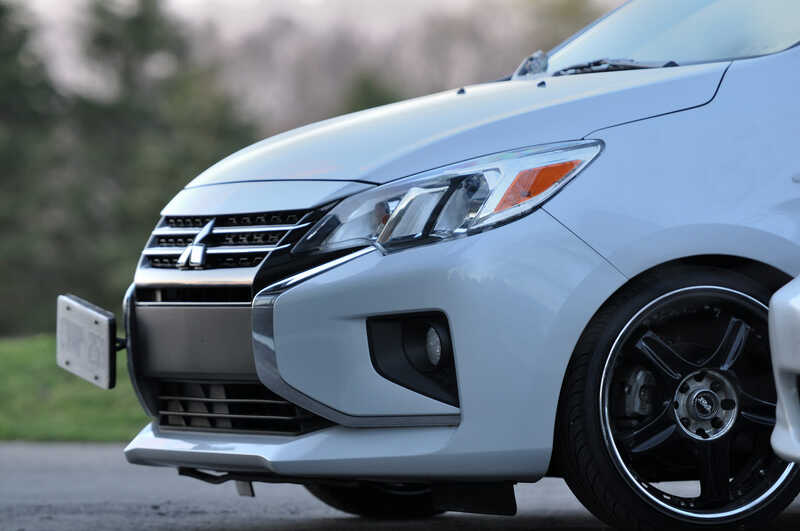
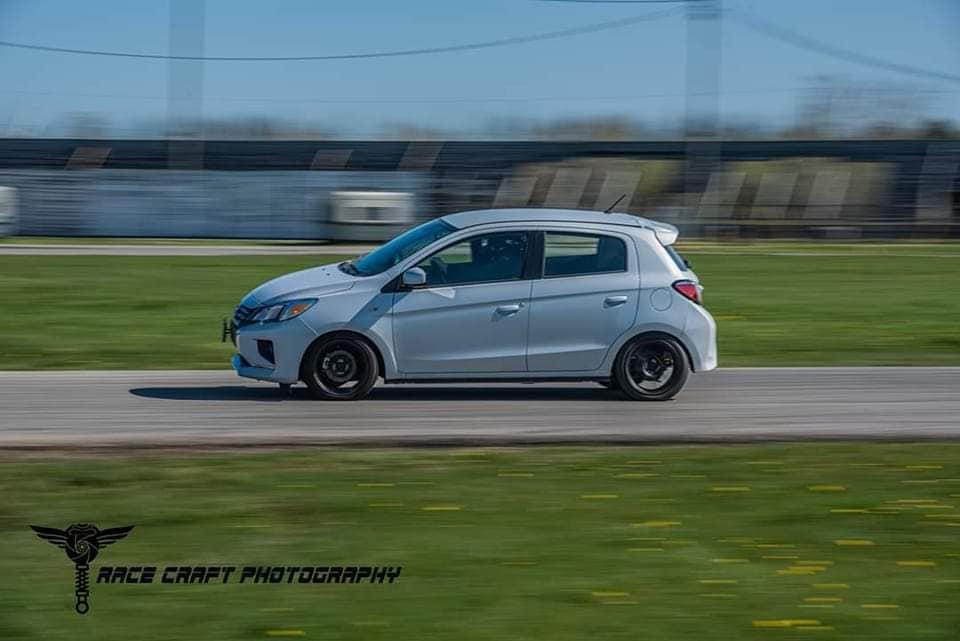
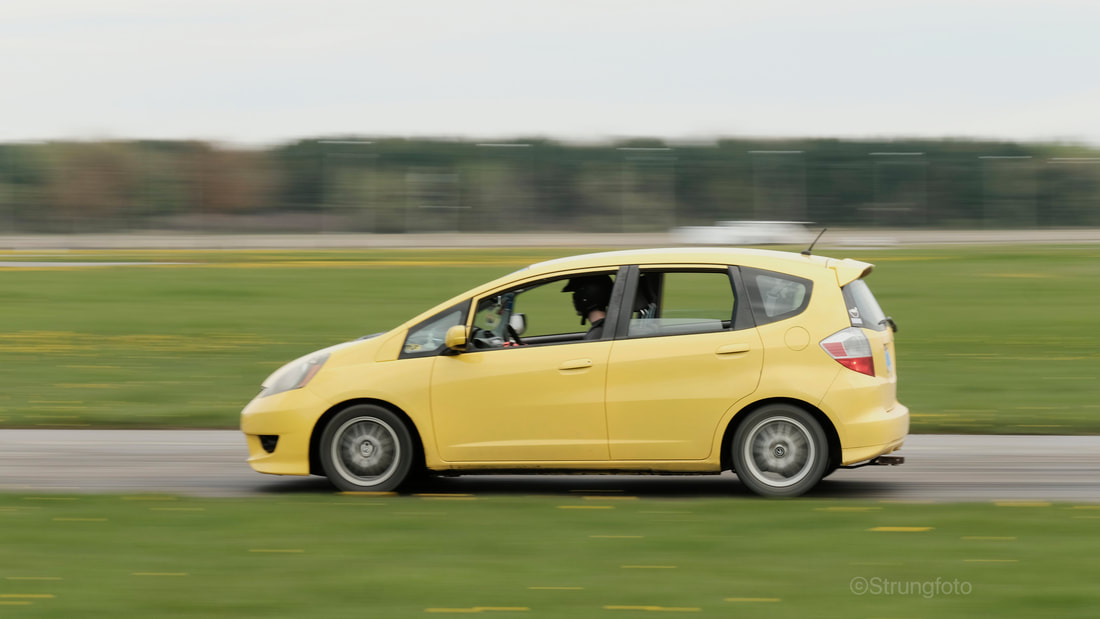
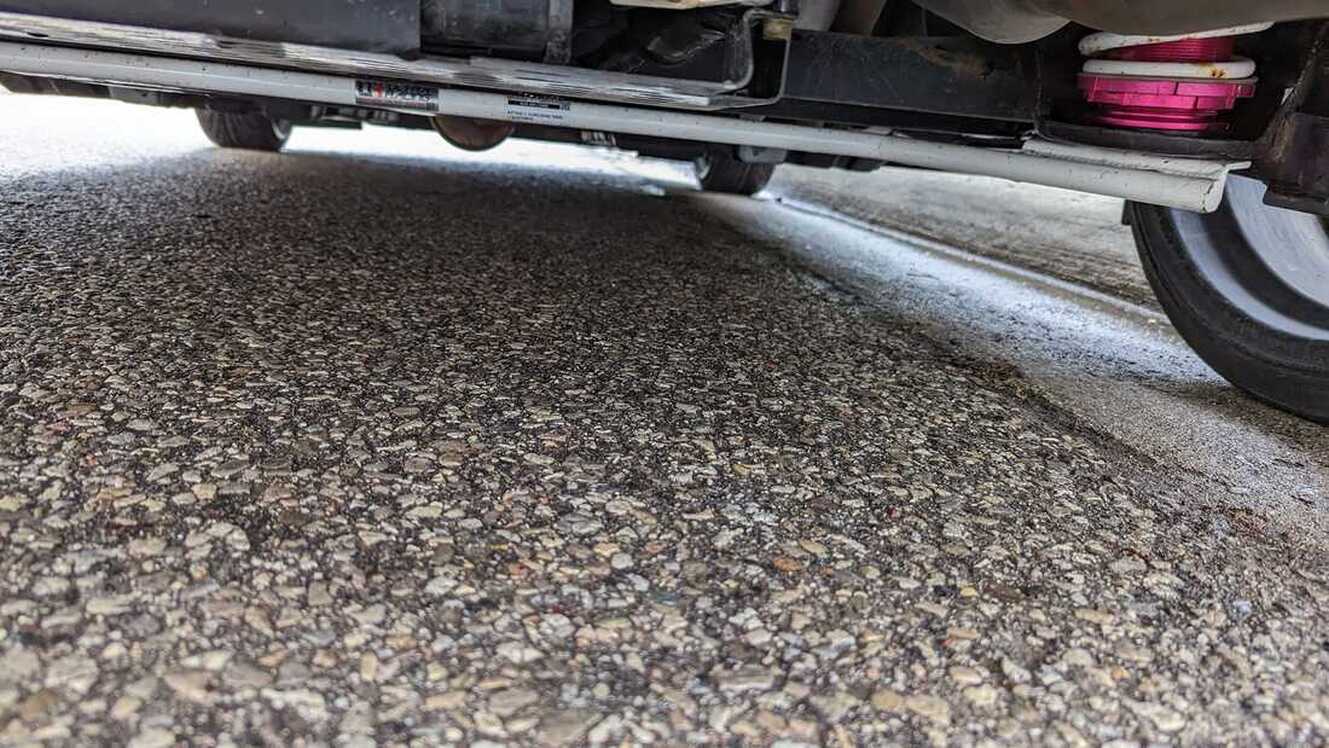
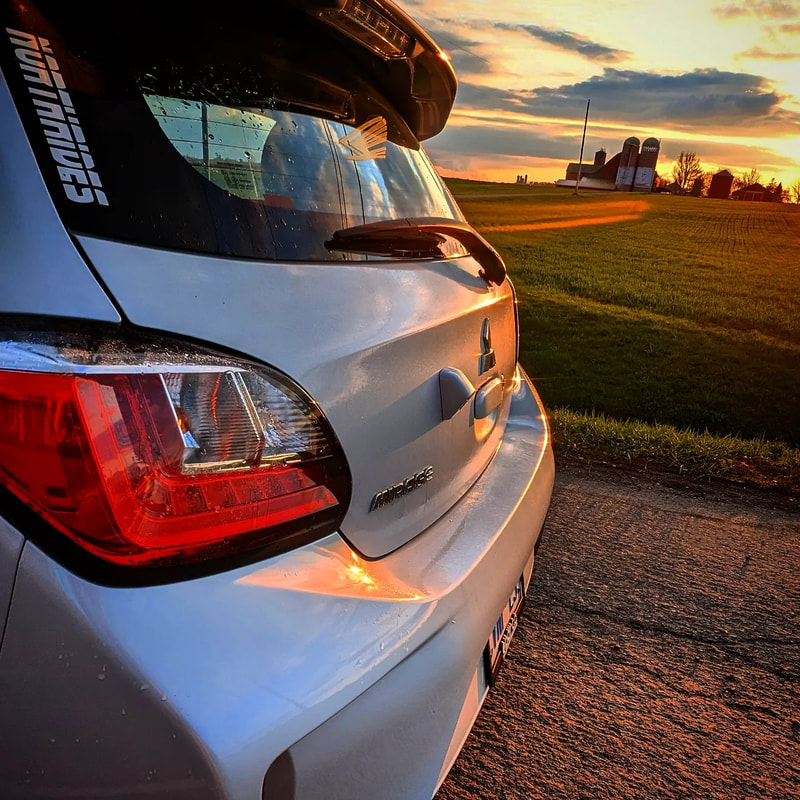
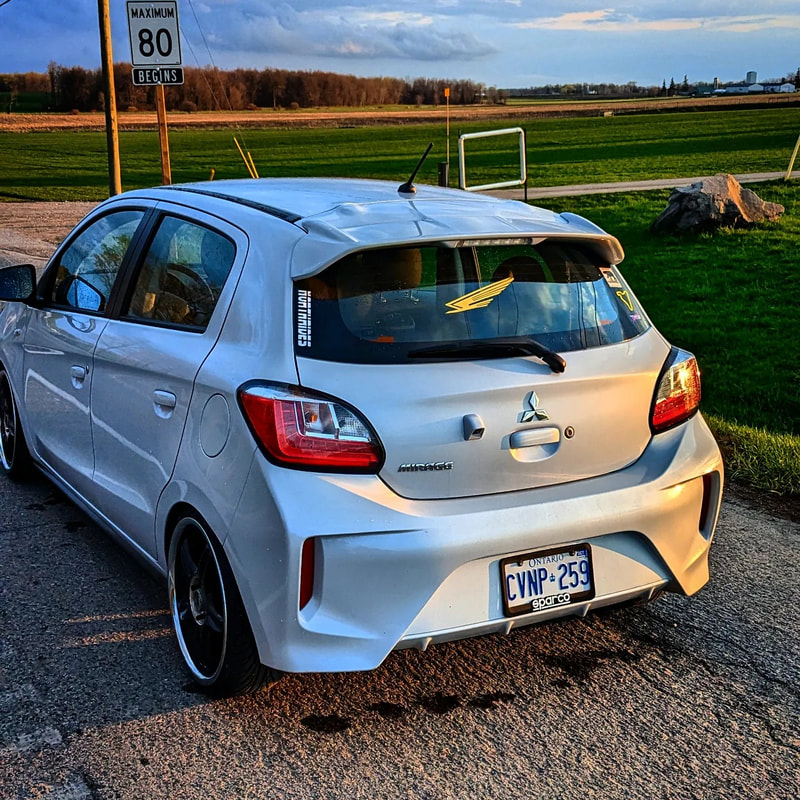
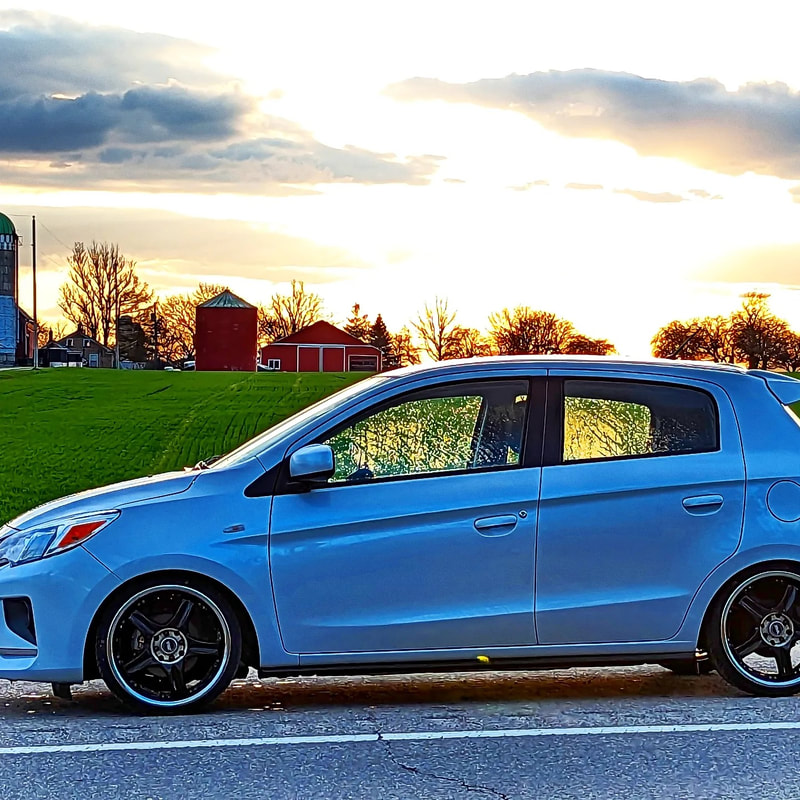
 RSS Feed
RSS Feed
